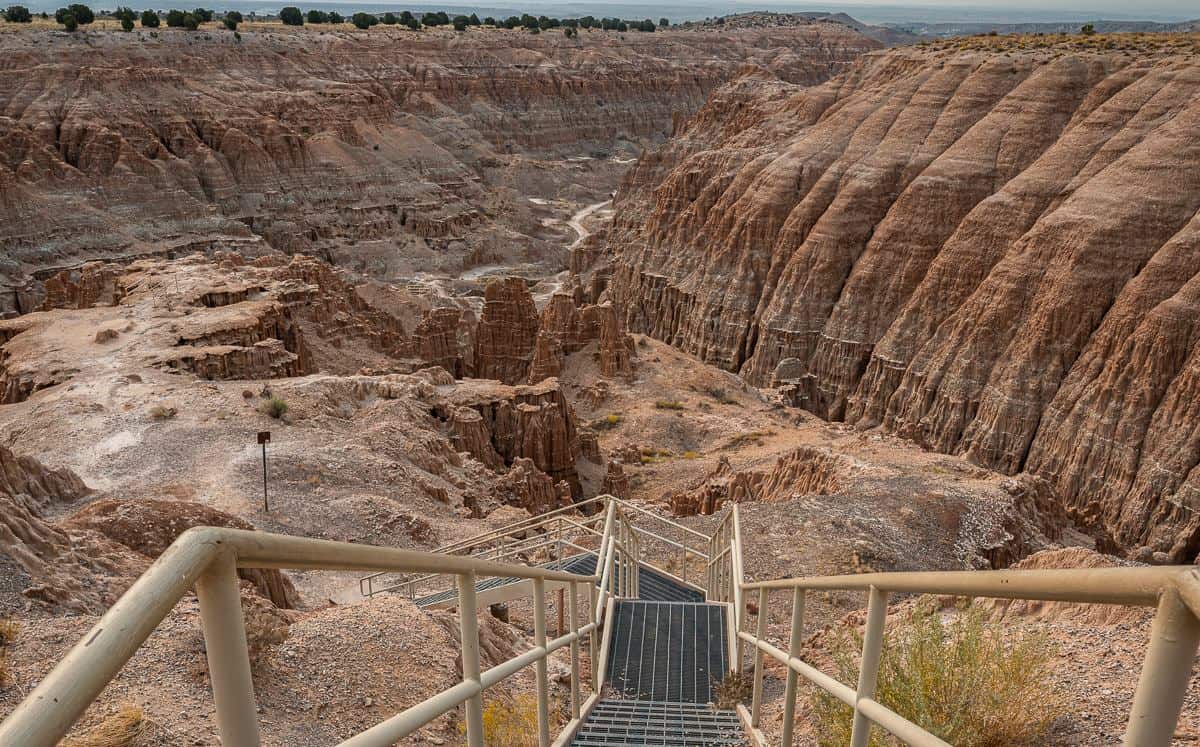The remains of a German mountain climber who disappeared while hiking along a glacier near Switzerland’s iconic Matterhorn mountain in 1986 have been recovered, as melting glaciers have led to the reemergence of bodies and objects thought to be long lost.
The grisly discovery was made on July 12 by climbers hiking along the Theodul Glacier in Zermatt, police in the Valais canton said on Thursday.
“DNA analysis enabled the identification of a mountain climber, who had been missing since 1986,” the police said in a statement.
“In September 1986, a German climber, who was 38 at the time, had been reported missing after not returning from a hike.”
Police did not provide additional information on the climber’s identity nor on the circumstances of his death. However, they published a picture of a lone hiking boot with red laces sticking out of the snow that had belonged to the missing person.
The climber’s remains underwent a forensic analysis at Valais Hospital, allowing experts to link them to the 1986 disappearance, police said.
Record melt rate in Switzerland
Last year, Switzerland’s glaciers registered their worst melt rate since records began more than a century ago, losing six per cent of their remaining volume — nearly double the previous record in 2003.
Shrinking glaciers, which scientists link to climate change, have led to the discovery of bodies of climbers who disappeared over the last decades.
In 2015, the remains of two young Japanese climbers who went missing on the Matterhorn in a 1970 snowstorm were found and their identities confirmed through the DNA testing of their relatives.
Less than two years earlier, the remains of Jonahan Conville were discovered. It is believed the British climber fell to his death on the Matterhorn in 1979.
Duncan MacPherson, a former first-round NHL draft pick of the New York Islanders from Saskatoon, disappeared in the Austrian Alps in summer 1989 at age 23. MacPherson’s remains were confirmed in 2003.





















Discussion about this post